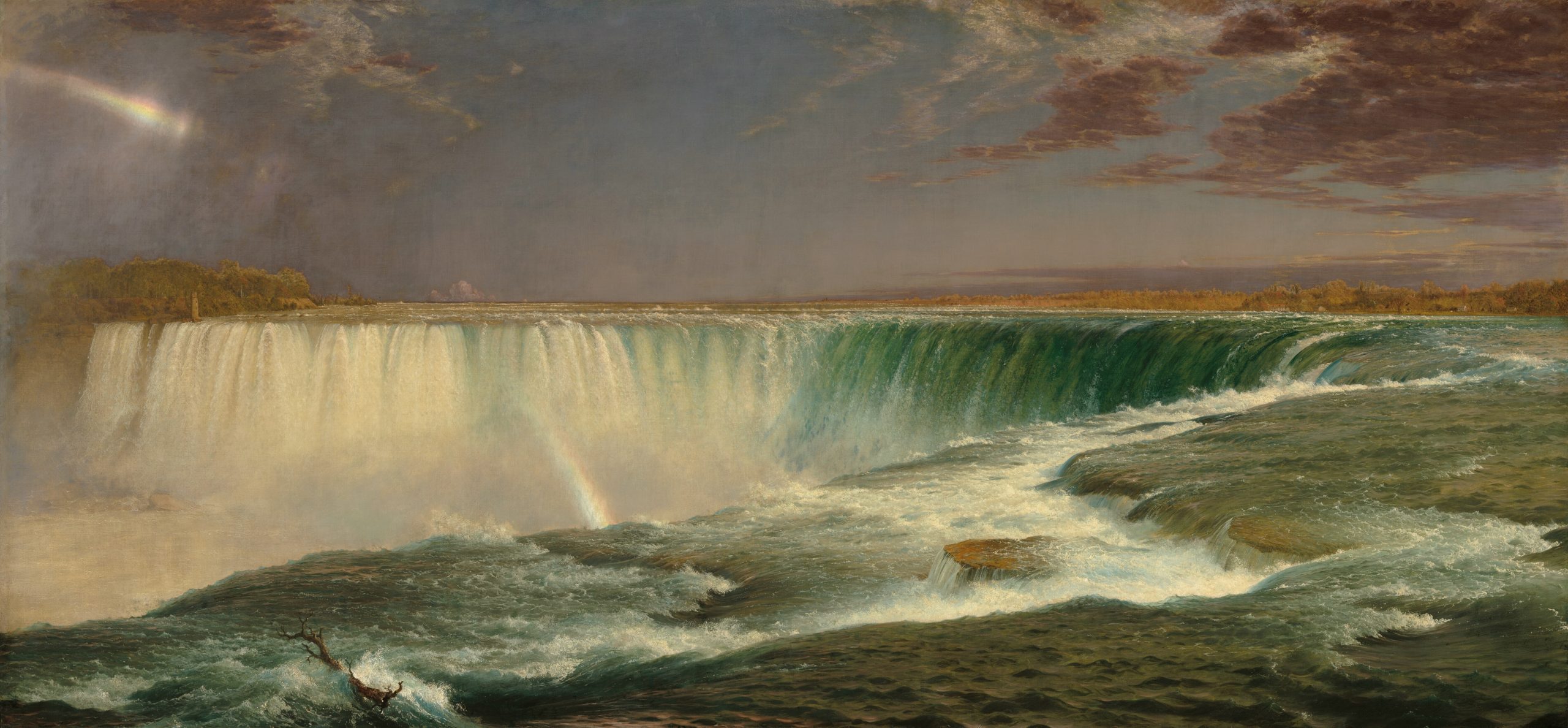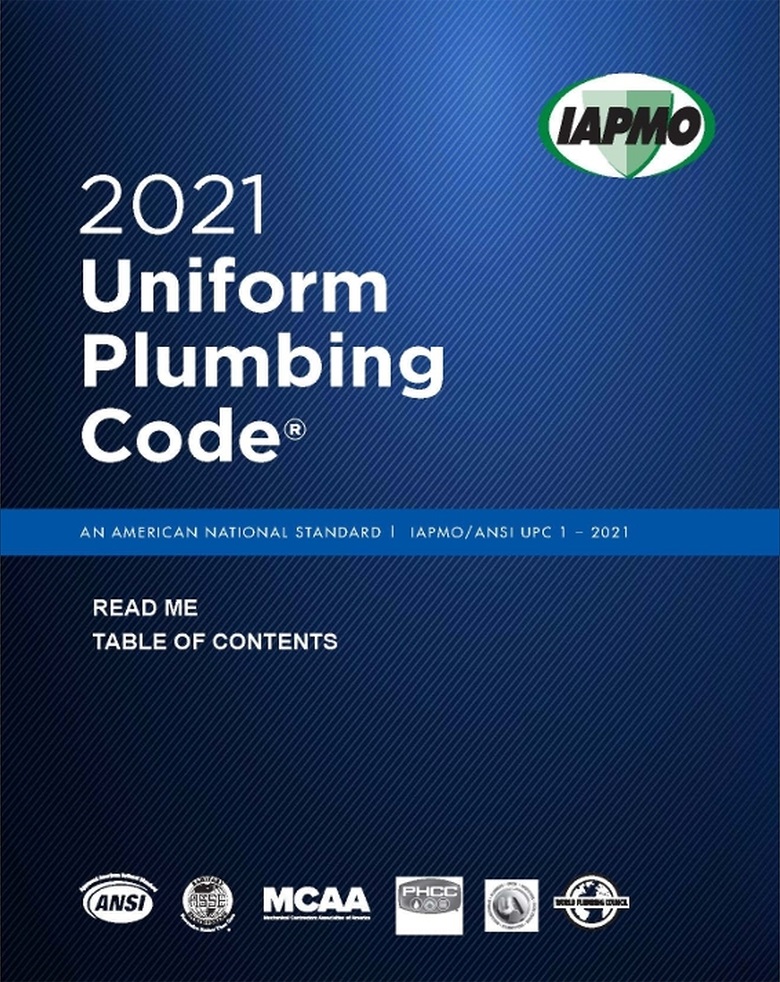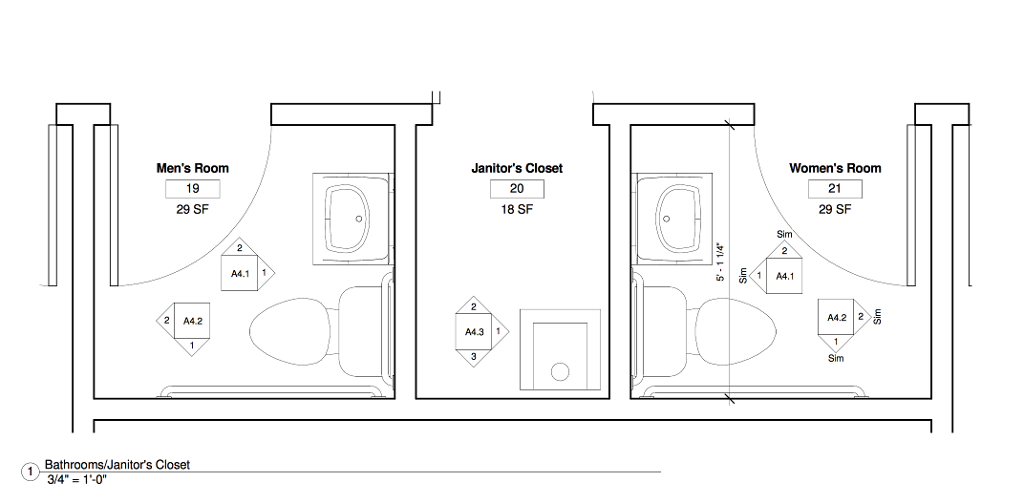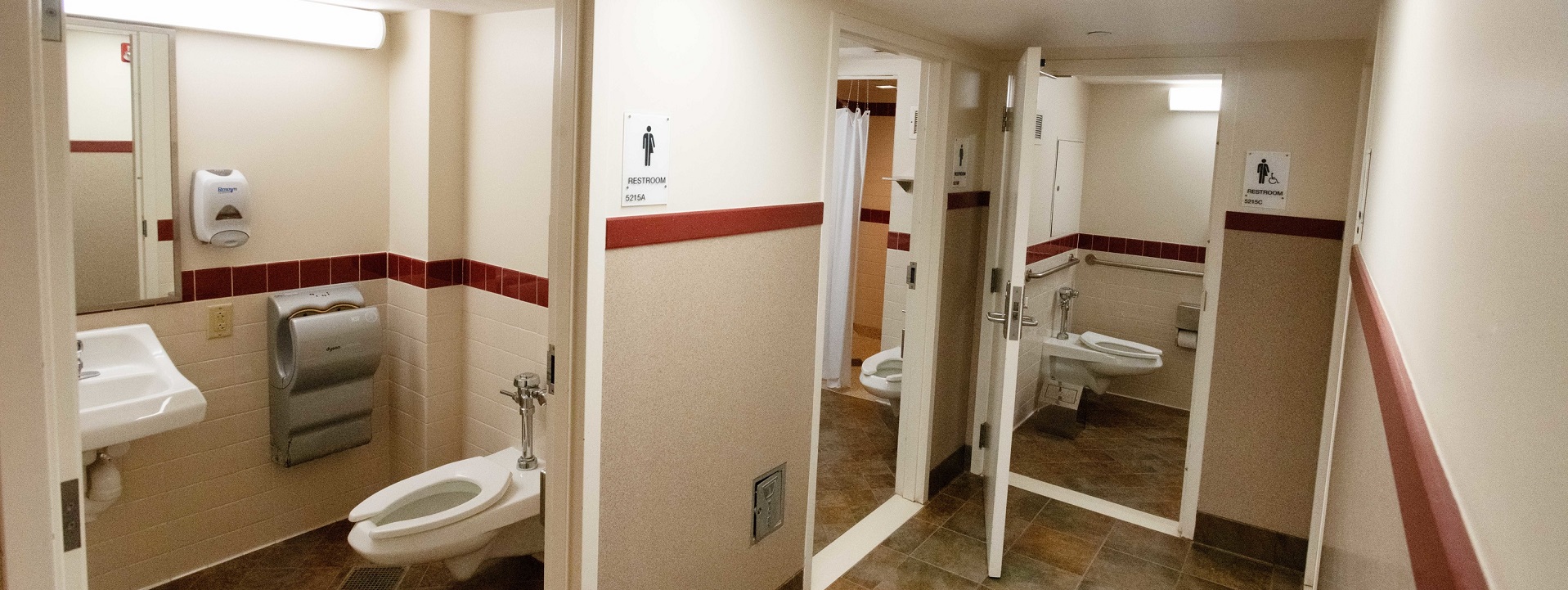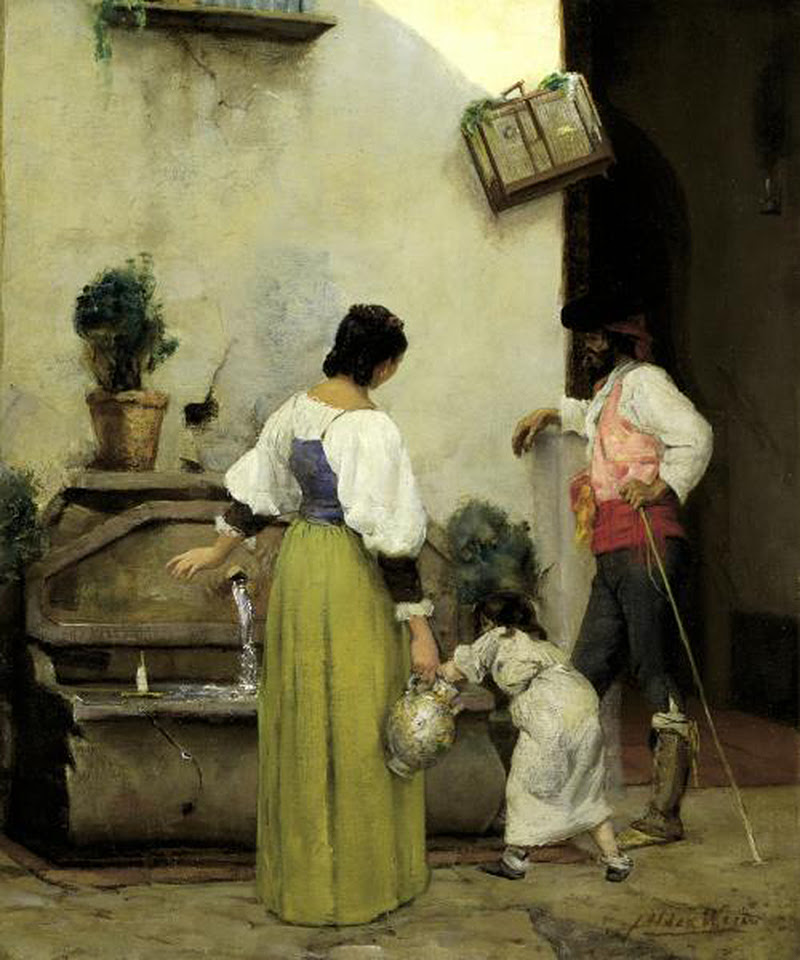Salutariness (Cleanliness) standards follow culture (which follows the science which follows water and chemical management systems). What is considered clean or hygienic in one culture may differ from what is considered clean or hygienic in another culture. In some cultures, it is customary to remove shoes before entering a home, as it is considered unclean to wear shoes indoors. In Japan, it is customary to take a bath or shower before entering a public bathhouse or hot spring, as it is considered unclean to enter a communal bath without washing first. Most public swimming pools in the United States conform to a similar standard.
In some cultures, it is customary to eat with one’s hands, while in others, using utensils is the norm. Similarly, in some cultures, it is customary to clean one’s hands and face before eating, while in others, it is not considered necessary. Cleanliness standards can also vary depending on the level of economic development, access to clean water and sanitation facilities, and public health policies in different countries. Mahatma Gandhi believed that promoting cleanliness and hygiene could help in building a strong and self-sufficient nation.
At 15:00 UTC today we review best practice literature for hygiene in education community interior spaces; including related accessory technologies. Owing to the circumstances of the pandemic we have rewritten our past coverage of this topic for 2022.
Among the standards setting organizations active in this domain: (Short List)
American Society of Mechanical Engineers
ASME: Personal hygiene devices for water closets.
American Society of Heating and Refrigeration Engineers (ASHRAE International)
American Society of Safety Professionals
American Water Works Association
“Responding to Water Stagnation in Buildings with Reduced or No Water Use”
Association of Physical Plant Administrators (APPA)
When you are short on custodians for a few days and staff members voluntarily chip in… during their planning time. ❤️
This is culture. #multiplyexcellence pic.twitter.com/R3OhZE1g3Q
— Emily Paschall (@EmilyAPaschall) April 22, 2023
International Association of Plumbing Mechanical Officials (IAPMO Group)
Institute of Electrical and Electronic Engineers
Prospect of Solar-assisted Heat Pump Water Heating Systems for Student Residences
Identification of Legionella Species by Photogate-Type Optical Sensor
Smart Biosensor for Rapid and Simultaneous Detection of Waterborne Pathogens in Tap Water
Innovative UV-C LED Disinfection Systems for DrinkingWater Treatment
Institute of Inspection, Cleaning and Restoration Certification
International Code Council
International Building Code: Chapter 12 Interior Environment
International Mechanical Code: Ventilation
International Plumbing Code: Sanitary Drainage
International Kitchen Exhaust Cleaning Association
International Sanitary Supply Association
Design Guidelines
National Air Duct Cleaners Association
Standard for Assessment, Cleaning and Restoration of HVAC Systems
National Fire Protection Association
“NFPA responds to the coronavirus”
National Sanitation Foundation (Several titles)
Occupational Safety & Health Administration
Centers for Medicare and Medicaid Services
State and Federal Regulations Open for Comment
We place public consultation deadlines at top priority in the time available and will schedule a separate break-out session to write and send comments.
Open to everyone. Use the login credentials at the upper right of our home page.







